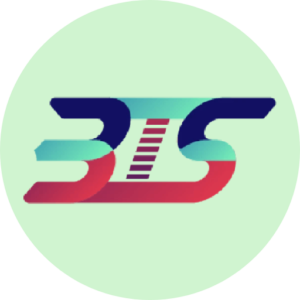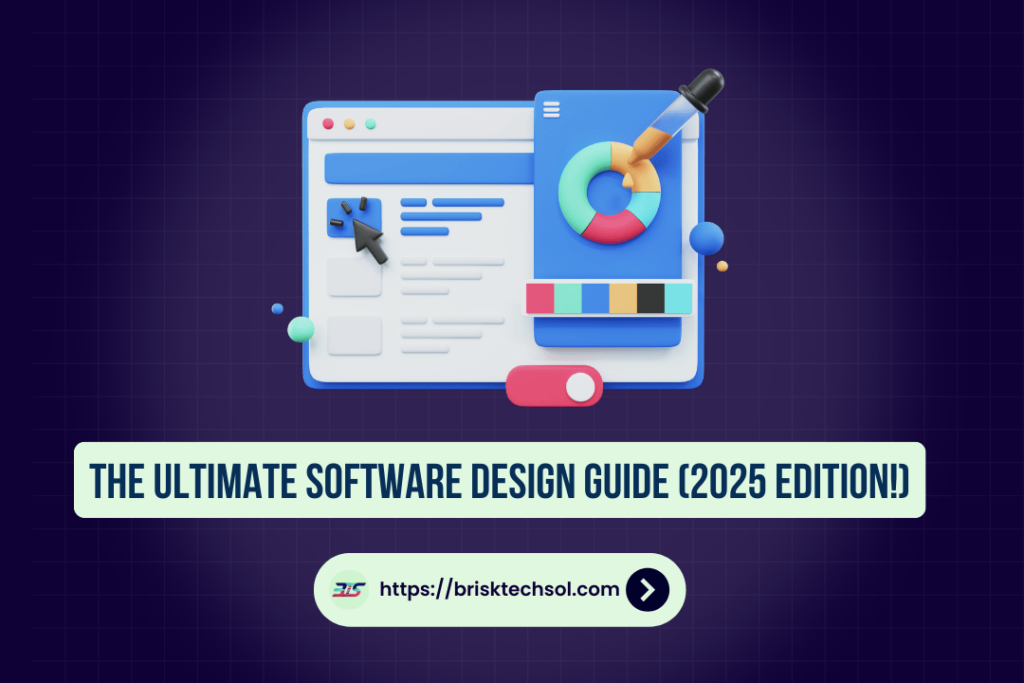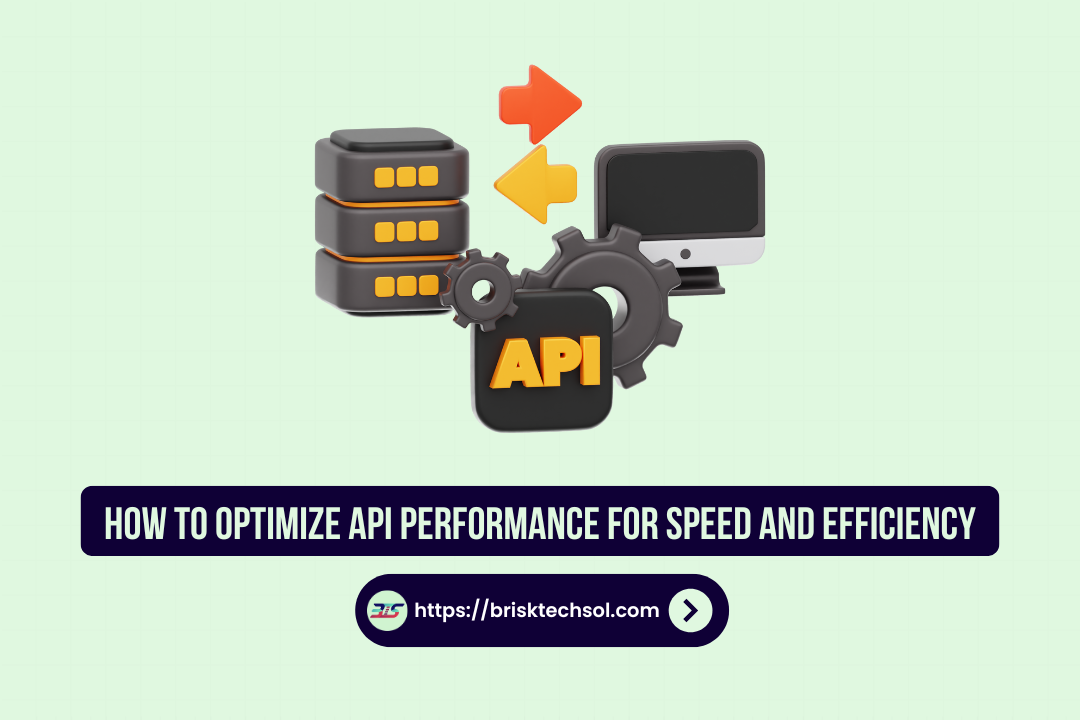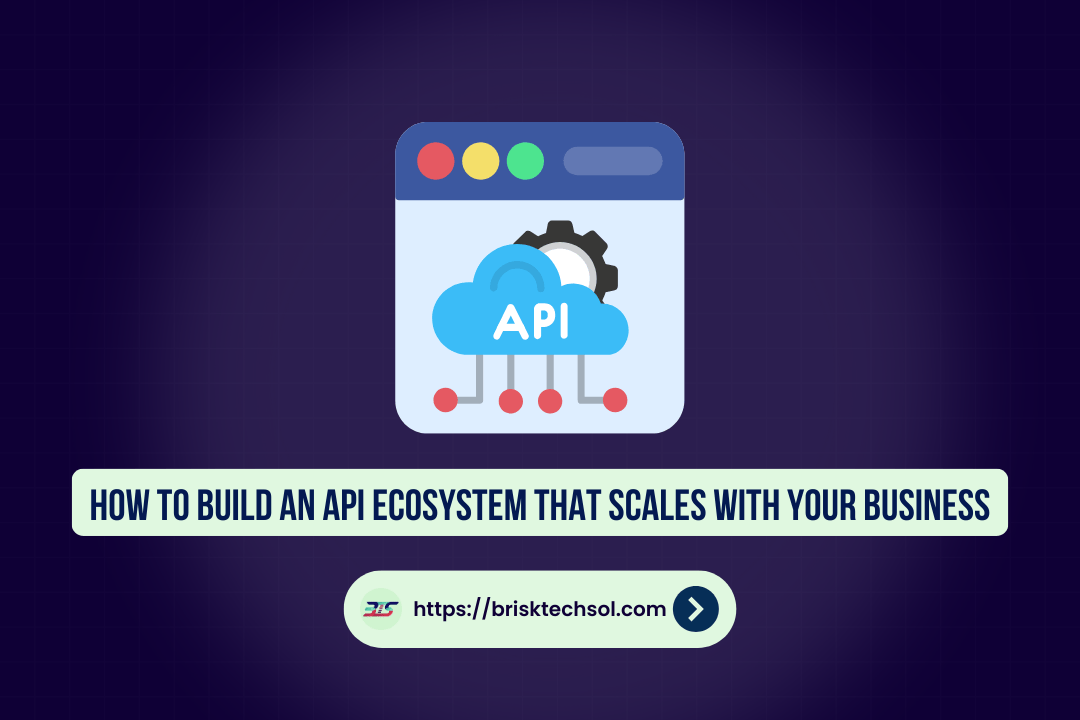Software design is the foundation of a successful application. A well-structured design ensures scalability, maintainability, and efficiency, reducing development costs and improving user experience. In this guide, we will explore the best practices, methodologies, and tools to create high-quality software.
Understanding Software Design
Software design refers to the process of defining the architecture, components, and interfaces of a system to meet specified requirements. It is a crucial step in the Software Development Life Cycle (SDLC), influencing performance, scalability, and security.
Benefits of Effective Software Design:
- Reduces Complexity – Breaks down large systems into smaller, manageable parts.
- Improves Maintainability – Simplifies updates and debugging.
- Enhances Scalability – Ensures smooth growth and adaptability.
- Optimizes Resource Utilization – Improves efficiency in processing and storage.
- Strengthens Security – Identifies vulnerabilities early in development.
Key Principles of Software Design
Following fundamental design principles ensures that software remains flexible and efficient.
- Modularity – Divides software into smaller, independent components.
- Reusability – Enables designing code that can be used across different projects.
- Scalability – Ensures the system can handle increased workload.
- Maintainability – Makes software easy to update and debug.
- Security – Incorporates protection measures from the start to safeguard data and operations.
- Encapsulation – Restricts direct access to some components to reduce dependencies.
- Separation of Concerns – Divides the system into distinct sections that manage specific responsibilities.
Choosing the Right Software Development Methodology
Selecting an appropriate methodology is essential for successful software design.
| Methodology | Advantages | Disadvantages |
|---|---|---|
| Waterfall Model | Clear structure, well-documented process | Inflexible, hard to modify |
| Agile Development | Iterative, adaptable to changes | Requires high collaboration, frequent updates |
| DevOps Integration | Continuous deployment, automation | Requires expertise in CI/CD pipelines |
When designing a system, it is also crucial to choose between Microservices and Monolithic Architecture:
- Microservices Architecture – Highly scalable, allows independent component management, but can be complex to manage.
- Monolithic Architecture – Simpler to develop and deploy but lacks flexibility and scalability.
Step-by-Step Software Design Process
A structured approach to software design enhances efficiency and clarity.
1. Requirement Analysis
- Gather user requirements.
- Identify functional and non-functional needs.
- Conduct feasibility studies.
2. System Architecture Planning
- Define system components and their interactions.
- Choose between microservices and monolithic structures.
- Ensure scalability and security considerations.
3. Designing Data Flow & Algorithms
- Create UML diagrams to represent workflows.
- Optimize algorithms for performance and efficiency.
- Use design patterns like MVC (Model-View-Controller).
4. Prototyping & UI/UX Design
- Develop wireframes and user interface prototypes.
- Ensure usability and accessibility best practices.
- Conduct A/B testing for UI improvements.
5. Development & Testing
- Follow coding standards and best practices.
- Implement unit testing, integration testing, and system testing.
- Use automated testing tools to enhance quality.
6. Deployment & Maintenance
- Use CI/CD pipelines for automated deployment.
- Perform regular updates, optimizations, and security patches.
- Monitor system performance using analytics tools.
Tools & Technologies for Software Design
Choosing the right tools enhances the efficiency of the design process.
UML Diagram Tools
- Lucidchart
- Microsoft Visio
- Draw.io
Wireframing Tools
- Figma
- Adobe XD
- Balsamiq
Programming Languages
- Python
- Java
- C#
- JavaScript
Version Control
- Git
- GitHub
- Bitbucket
Cloud Platforms
- AWS
- Azure
- Google Cloud
Common Mistakes to Avoid in Software Design
Avoiding common pitfalls can save time and resources.
- Overengineering – Adding unnecessary complexity reduces efficiency.
- Ignoring Scalability – Systems that fail under increased load hinder growth.
- Lack of Documentation – Poor documentation makes future maintenance difficult.
- Skipping Testing – Leads to unreliable software that may fail in real-world scenarios.
- Neglecting Security Measures – Failing to implement security protocols can lead to vulnerabilities.
- Ignoring User Experience (UX) – Poor design leads to low adoption rates.
Future of Software Design
Software development continues to evolve, and staying ahead of trends ensures competitiveness.
- AI-Powered Software Design – Revolutionizing code generation and optimization.
- Low-Code & No-Code Development – Reducing reliance on manual coding.
- Quantum Computing – Impacting software architecture and computation speeds.
- Blockchain Integration – Enhancing security and transparency in data transactions.
- Edge Computing – Improving performance by processing data closer to the source.
Conclusion
Software design is a crucial step in creating scalable, maintainable, and efficient applications. By following best practices, choosing the right methodology, and leveraging modern tools, developers can build high-quality software that meets user needs and business goals.
FAQ’S
1. What is the most important principle in software design?
Modularity is one of the most important principles, as it ensures a system is broken into manageable components, improving maintainability and scalability.
2. How do I choose between Agile and Waterfall development models?
Agile is best for projects that require flexibility and continuous updates, while Waterfall is ideal for well-defined projects with fixed requirements.
3. Why is software design important in SDLC?
Software design defines the system’s architecture, ensuring efficiency, scalability, security, and ease of maintenance.
4. What role does UI/UX play in software design?
A well-designed UI/UX improves user satisfaction, engagement, and ease of use, increasing the software’s success rate.
5. How can I improve the security of my software design?
Implement security best practices like data encryption, user authentication, access controls, and regular vulnerability assessments.









